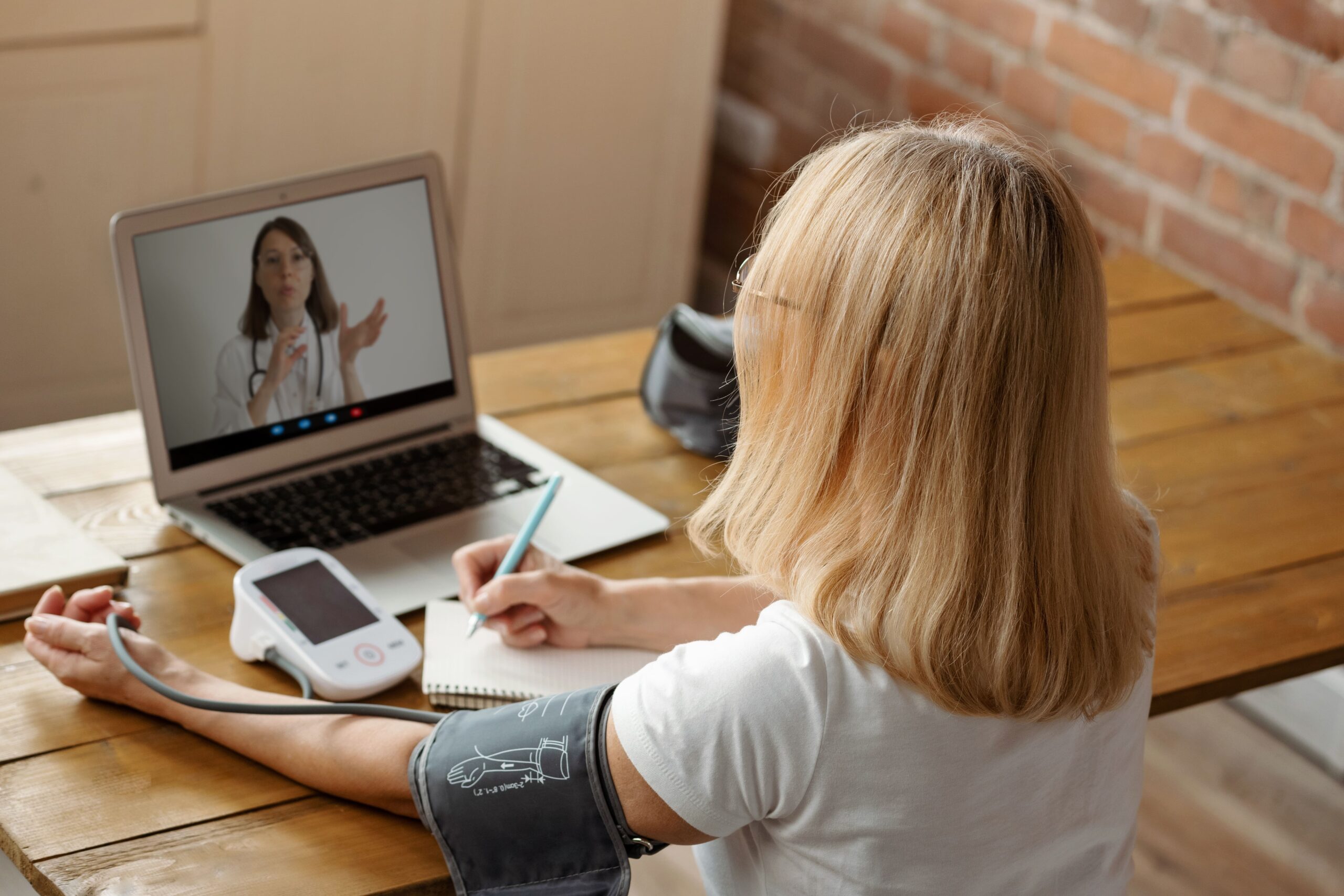Remote Patient Monitoring (RPM) is transforming care delivery by enabling clinicians to track patient health data outside traditional settings.
This technology helps bridge gaps in follow-up, particularly for people managing chronic conditions at home — and complements services like Medication Access and Cost Management to improve long-term outcomes.
What is RPM?
Remote Patient Monitoring uses connected devices and secure data transfer to collect medical information from patients in one location and transmit it to clinicians elsewhere for assessment and recommendations. This allows continuous observation of vital signs and symptoms without requiring an in-person visit.
With RPM, care teams can respond to meaningful changes in health parameters sooner. A proactive approach like this helps prevent complications, reduce avoidable ER visits, and improves patient engagement in day-to-day self-management.
How it supports chronic care
Compared with episodic office visits, RPM provides a longitudinal view of health trends. Instead of decisions based on a single reading, clinicians see patterns over days and weeks, which supports earlier and more precise interventions.
Published programs have reported notable outcomes — for example, reductions in readmissions for heart failure and COPD when continuous monitoring guides timely therapy adjustments. Results vary by population and protocol, but the direction of evidence is consistently positive.
Benefits for seniors and caregivers
Older adults often face mobility and transportation barriers. RPM brings several advantages for this group:
- Fewer in-person visits and lower travel burden
- Earlier detection of deterioration before symptoms become obvious
- Greater independence with clinical oversight
- Peace of mind for family and caregivers via shared access (with consent)
- Potential reductions in hospitalizations and emergency visits
Surveys also show high patient satisfaction, with many seniors reporting a stronger sense of connection to their care teams and more confidence in self-management.
Devices used in RPM
Programs select devices based on the condition being monitored. Common options include:
- Blood pressure monitors with automatic transmission
- Blood glucose meters for diabetes care
- Pulse oximeters to track oxygen saturation
- Heart-rate and ECG devices for cardiac monitoring
- Weight scales to identify fluid shifts (e.g., heart failure)
- Spirometers for respiratory assessment
- Medication-adherence tools (smart caps, reminders)
- Activity/sleep trackers for mobility and recovery trends
Modern RPM devices are generally user-friendly, with simple interfaces and secure, automatic data uploads.
Wearables and sensors
Wearable tech enables continuous, unobtrusive monitoring — from smartwatches that record activity and heart rate to skin patches that capture multiple vitals. Advanced sensors can detect falls, analyze gait, monitor respiratory rate, and even flag behavior patterns that may signal cognitive change.
Communication tools
Effective RPM relies on secure, two-way communication. Typical program components include:
- Patient portals or mobile apps to view data and message the care team
- Secure messaging for non-urgent questions
- Video visits for virtual check-ins
- Automated alerts when readings cross personalized thresholds
- Condition-specific education and coaching
These tools ensure data leads to action — not just storage — and keep patients engaged in decisions about their care,
similar to how Patient Advocacy Services empower individuals to communicate effectively with healthcare providers and insurers.
How RPM supports patients
Implementation typically follows a structured pathway:
- Assess needs and choose appropriate devices
- Provide setup and training
- Define personalized alert thresholds
- Review incoming data at defined intervals
- Schedule virtual or in-person follow-ups to discuss findings
- Adjust the care plan based on observed trends
Throughout, clinical teams provide troubleshooting and help patients interpret their data correctly.
Conditions suitable for RPM
Remote monitoring is particularly useful for:
- Cardiovascular conditions (hypertension, heart failure, arrhythmias)
- Diabetes and glucose management
- Respiratory diseases (COPD, asthma)
- Post-surgical recovery and rehabilitation
- Complex medication regimens
- Weight-management and lifestyle programs
- Mental-health support and adherence monitoring
- Pregnancy monitoring, including high-risk cases
Frequently asked questions (FAQ)
What conditions can RPM help monitor?
Most commonly: diabetes, hypertension, heart failure, COPD/asthma, post-surgical recovery, medication adherence, and high-risk pregnancy monitoring.
Do I need special equipment?
Yes. Programs supply or approve devices that securely transmit data (often via smartphone or cellular hubs).
Is RPM covered by Medicare or insurance?
Medicare recognizes RPM under specific CPT codes, and many private plans offer coverage. Benefits vary — check your plan details.
Can family members access my RPM data?
With your consent, caregivers can receive portal/app access to help coordinate care.
How often is data reviewed?
Review cadence depends on condition severity and program design (often daily to weekly). Alerts prompt faster clinical attention.
Remote Patient Monitoring enables more personalized, proactive care while reducing burden on patients and systems.
For patients starting complex therapies, combining RPM with Prior Authorization Assistance ensures faster insurance approvals and seamless continuity of care.

